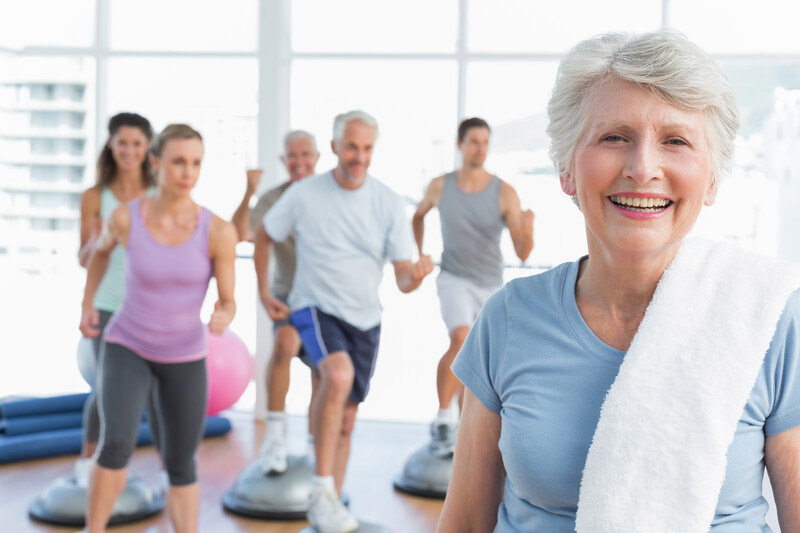
It was long believed that the brain you got was the one that you had to live with. Once you reached adulthood and full brain development had occurred it was assumed there would be no further neuron development. If you unfortunately lost some aspect of your brain due to aging, stroke, disease etc. it was believed you were left with a limited capacity that at best would hopefully lead to no further deterioration. What we now know is the brain is capable of having neuroplasticity, meaning that it is has the ability to generate new neurons. Gratefully it turns out aerobic exercise is one way this can be achieved! This occurs because aerobic exercise increases the production of a protein called BDNF (brain-derived neurotrophic factor), which increases the size and connectivity in the hippocampus. This occurs when stem cells, which are essentially a blank slate, are developed in to new nascent neurons, which in turn create new brain cells.
There are many ways to increase neuroplasticity but one thing we now know is that exercise has a significant impact on the development of new neurons particularly in the part of the brain called the hippocampus and the neo-cortex. This is important because these are the regions of the brain that degenerate as aging occurs. Further research has revealed that the most effective way to achieve this is to add some form of cognitive challenge during exercising. This includes things such as having to process spatial awareness, making choices and processing stimulus input while exercising. Adding this cognitive component has the greatest impact on neuron development. So what this means in real time is that getting on the bike at the gym and turning on the TV where your only cognitive input is staring idly at the TV is not nearly as beneficial as riding a bike outside, dealing with spatial awareness, traffic, pedestrians and while still needing to be cognizant of the direction you are travelling. The increase utilization of cognitive function while doing any aerobic exercise is the most efficient and effective way to increase BDNF.
While exercise has many effects on all parts of our body if you are approaching middle age you may want to seriously consider the way that you exercise to help prevent atrophy of the hippocampus and the neo-cortex. By simply adding a cognitive component to any aerobic exercise you are already doing you will increase the development of new neural cells. Any advantage that we can utilize to increase brain cell development will help diminish the effects of dementia and Alzheimer’s.
There have been many studies done to assess how much exercise is necessary to receive the neurogenic benefits and cellular development. The U.S. Department of Health and Human Services recommends that you should engage in aerobic exercise of moderate intensity for at least 150 minutes per week or 75 minutes a week for intense exercise or an equivalent combination of the two. More clinical trials are still being done to find the best way to target, physiological pathways to link the brain and the body to exploit our brain’s ability of exercised induces plasticity as we age but for now simply adding a cognitive component to your exercises will help tremendously.
A new year is upon us and is the case for many an opportunity to create new habits to increase our health and the joy we create in out life. As we begin this New Year consider not only exercising but also exercising in a way that helps protect the aging brain. I wish you and your family excellent health and many blessings as we begin this new decade.
With Gratitude,
Pat
